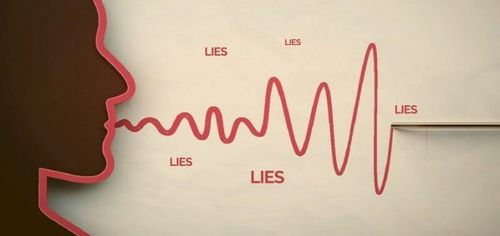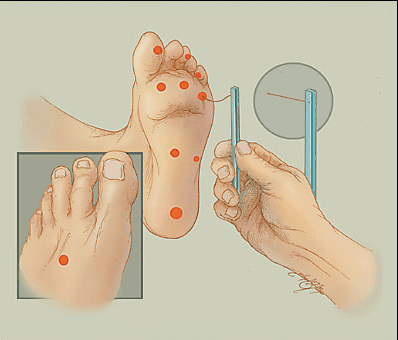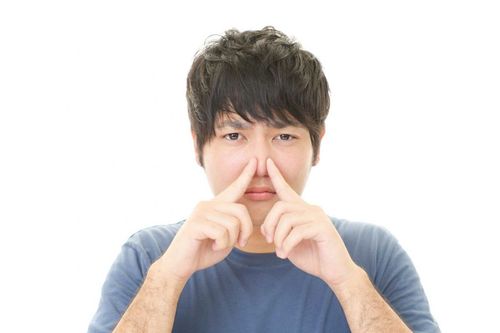This is an automatically translated article.
About 15 million people in the United States and about 20 million people in the rest of the world are dealing with pain and injury. Although the exact cause is unknown, pain and injury greatly affect health and daily activities. The following article will help you deal with 14 common pains and injuries.
1. Sprains and strains
People who enjoy sports or physical activity are no stranger to sprains (stretched or torn ligaments) and strains (strained or torn muscles or tendons). Both of these types of injuries cause swelling and inflammation. A sprain can cause the skin in that area to bruise. While muscle tension can cause pain in the affected muscle area.
The RICE method for early treatment of sprains and strains, includes the following steps: Rest, ice, compression, and elevation. People with sprains and strains can also use some prescribed pain relievers. See your doctor if you experience numbness or tingling, inability to move a joint, or if it doesn't improve within a week.
2. Headaches
Headache is one of the common conditions, characterized by the feeling of having a string squeezing the head area. Taking prescribed pain relievers, rest, and drinking plenty of fluids will often help relieve pain. The headache should go away within a few hours, but it can last for several days. Getting plenty of rest, proper massage, reducing stress, and drinking plenty of fluids (without caffeine) can help us avoid or limit this.

Đau đầu là một trong những tình trạng đau phổ biến nhất.
3. Migraine pain
Sharp pain in the front or side of the head that can interfere with our daily activities. In addition, people with migraines may also experience abdominal pain, sensitivity to light, or other symptoms. If you have a migraine, find somewhere dark and quiet to rest. Applying ice can relieve pain; Adding a heating pad can relax tense muscles. Pain relievers may be helpful for people who rarely experience this condition. However, some people need prescription medication to treat or prevent migraines.
4. Toothache
Cavities, cracked teeth, broken fillings and gum disease are all possible causes of toothache. Many people may not like going to the dentist, but if the toothache persists for more than a few days, you should see a doctor. If you don't take care of it, inflamed areas can progress to infection, leading to more serious problems. A toothache can also signal a sinus infection; problems with joints where the jaw comes into contact with the skull (TMJ) or grinding teeth at night.

Đau răng có thể báo hiệu rất nhiều tình trạng.
5. Neck pain
In fact, our neck is less protected than the rest of our spine, so it's more prone to sprains or strains. These pains are usually temporary and usually do not require medical help. Regular wear and tear, such as a broken disc, can also cause injury. Maintaining good posture may be the most effective method for preventing neck pain.6. Back pain
With age, back pain appears more and more severe. Back pain can be dull or sharp and last for months. Being overweight, obese, and lifting objects with poor posture can cause this condition. Other conditions including arthritis and cancer can affect the back and spine, and genetics may also play a role. Treatments for most types of back pain include pain relievers, hot and cold compresses, exercise, yoga, and massage.
7. Shoulder pain
The pain is often worse at night, especially when we lie on that side. Shoulder pain can make simple everyday tasks harder to do. Shoulders become so stiff that we cannot move. Shoulder pain mainly occurs in people between the ages of 40 and 60. Exercises and physical therapy can improve the shoulder's range of motion. Women and people with diabetes are more likely to have this problem.
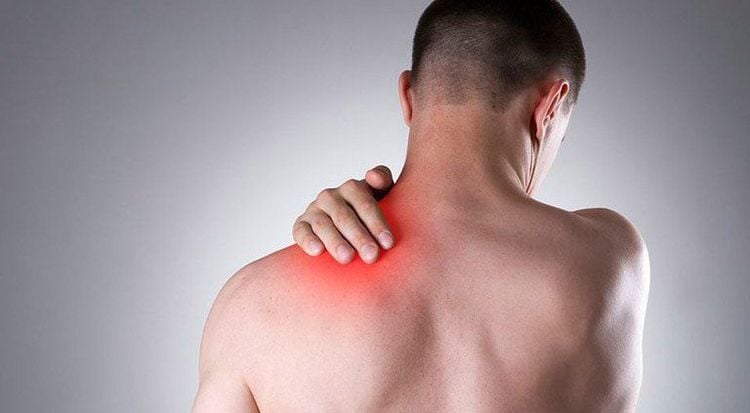
Đau nhức vai cũng rất phổ biến.
8. Tendonitis and bursitis
Tendonitis and bursitis are swelling around muscles or bones; Usually occurs from overuse of muscles, bones, or injuries to joints, such as ankles, elbows, knees, hips, shoulders, or wrists. The most commonly used treatment for this condition is the RICE method as mentioned above. Seek medical attention if pain persists and swelling is severe, or if there are any signs of inflammation such as redness or heat.9. Arthritis
Arthritis is the leading cause of disability in the US and is one of more than 100 diseases that cause joint pain. Symptoms may come and go and often include swelling, pain, stiffness, and limited movement. They can be the result of wear and tear and inflammation caused by the body's immune system being activated. Arthritis often cannot be cured, but people can relieve pain and manage the condition with the help of a doctor.
10. Abdominal pain
Abdominal pain can occur for many reasons, including indigestion, bloating and constipation. Over-the-counter medications can put off stomach upsets or upset stomachs until they stop working. Seek medical attention if the pain is sudden and severe, lasts for several days, or if you vomit blood, bloody stools, or notice any other unusual symptoms.

Đau bụng có thể xảy ra do nhiều nguyên nhân.
11. Sciatica
Sciatica pain can make sitting or standing uncomfortable. You may feel weakness, numbness, burning or tingling in your leg, but it's not a cramp. It is caused by a pinched nerve in the lower back. Sneezing and coughing can also make the pain worse. Sciatica usually goes away after a few weeks with proper rest and gentle exercise, but it's still a good idea to see your doctor. Most people with sciatica are between the ages of 30 and 50.
12. Nerve pain
Tingling, burning, numbness and weakness can all signal a problem with your nervous system. People with uncontrolled diabetes are more likely to have nerve damage in their feet, hands, arms, and legs. Shingles, a painful rash caused by the chickenpox virus, can lead to ongoing nerve pain. When your organs are affected, you may have difficulty with digestion or urinating. Medications, physical therapy, and a healthy diet can be helpful in preventing or reducing the symptoms of nerve pain.
13. Carpal tunnel syndrome
There is little scientific evidence that heavy use of a computer keyboard is the cause of one of the leading neurological disorders, carpal tunnel syndrome. Even so, regularly working with a computer keyboard can make your fingers tingling and numb, if you already have a pinched sciatic nerve. Take a break and avoid bending or twisting your wrists for a few weeks. Then, try yoga or physical therapy. Sometimes, swelling medications can ease the symptoms of carpal tunnel syndrome.
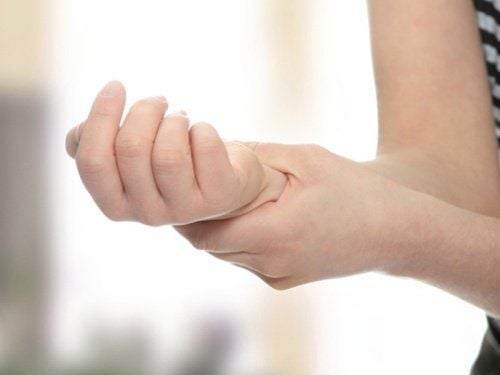
Các loại thuốc giảm sưng có thể làm dịu các triệu chứng của hội chứng ống cổ tay.
14. Pain, swelling feet
Leg pain and swelling are typical of people who often have to stand for long periods of time. Resting and elevating your legs can help ease sore muscles. If you have to stand on hard surfaces all day, try wearing thick socks, supportive soles, and rest when possible. Women and people with flat feet or high arches are more susceptible to plantar fasciitis, which causes pain under their heels. See your doctor if the pain gets worse or if you don't know why your foot hurts.
Pains and injuries that are common every day are affecting so many people all over the world. Some of these conditions are age-dependent, meaning that the older we get, the more likely we are to experience pain or injury. In addition to medication (prescription or over-the-counter), a number of other methods related to habits, diet or exercise can also assist us in preventing and reducing the severity of symptoms. of these pains or wounds.
Please follow the website: Vinmec.com regularly to update many other useful information.
Please dial HOTLINE for more information or register for an appointment HERE. Download MyVinmec app to make appointments faster and to manage your bookings easily.
Reference article: webmd.com




